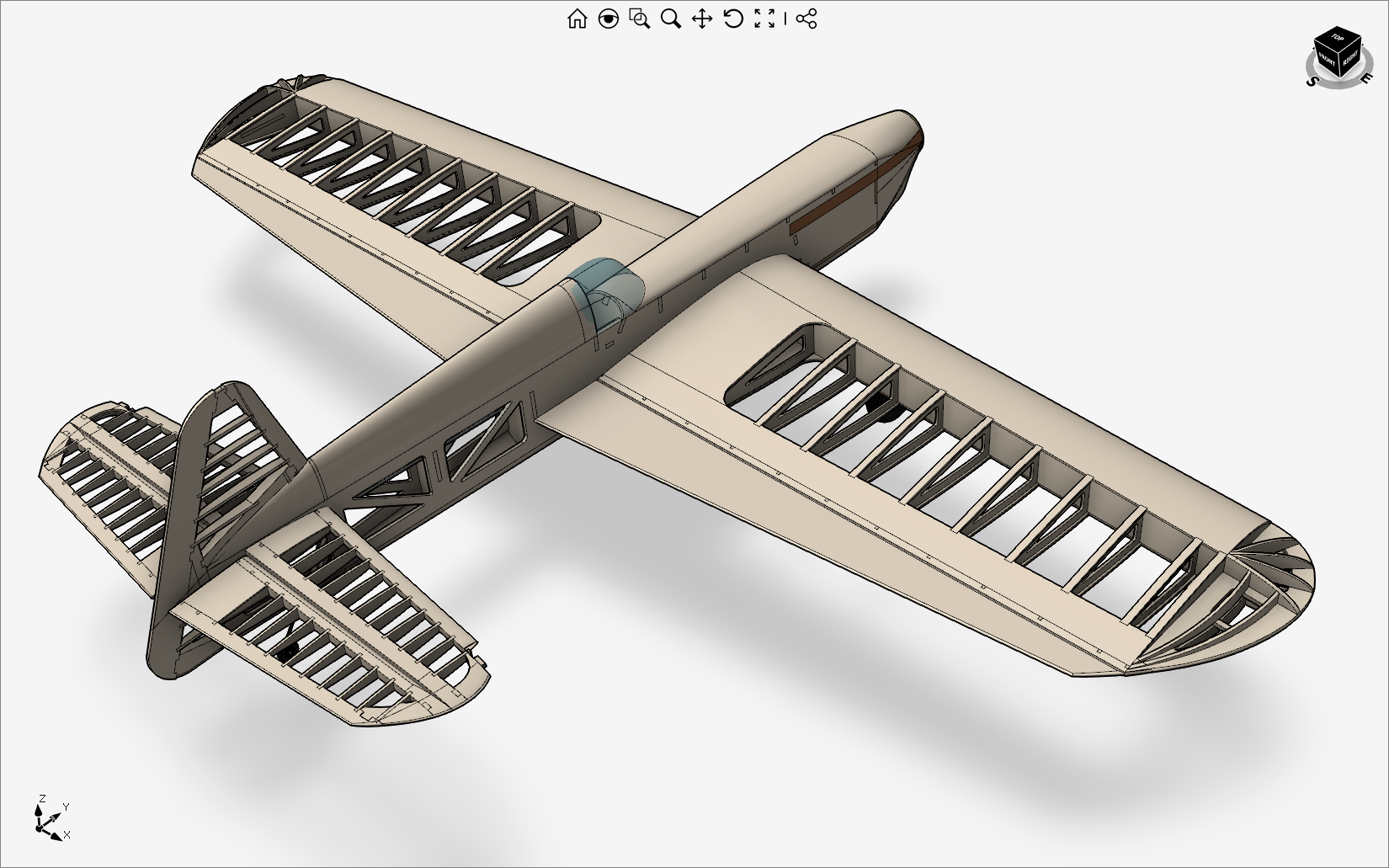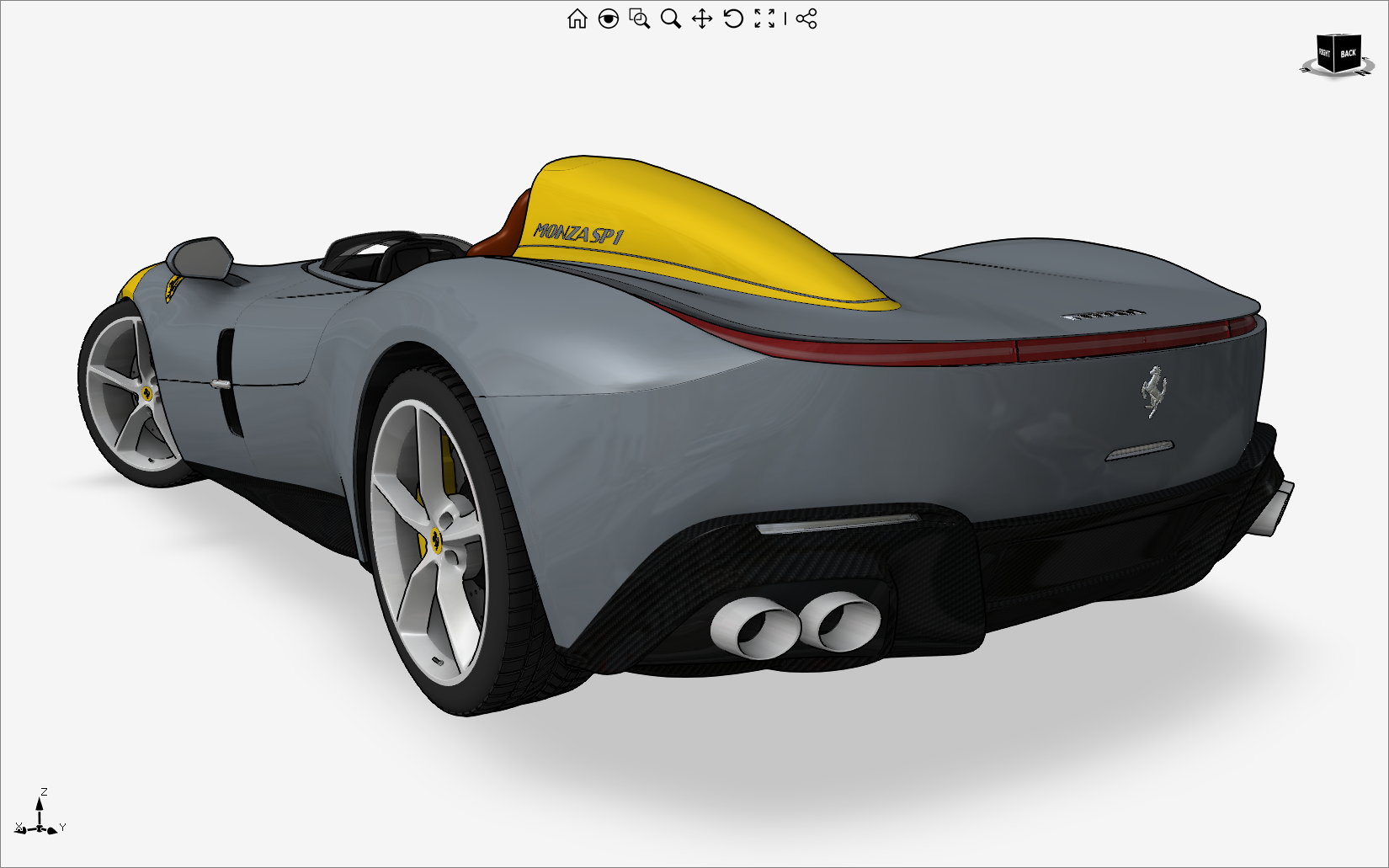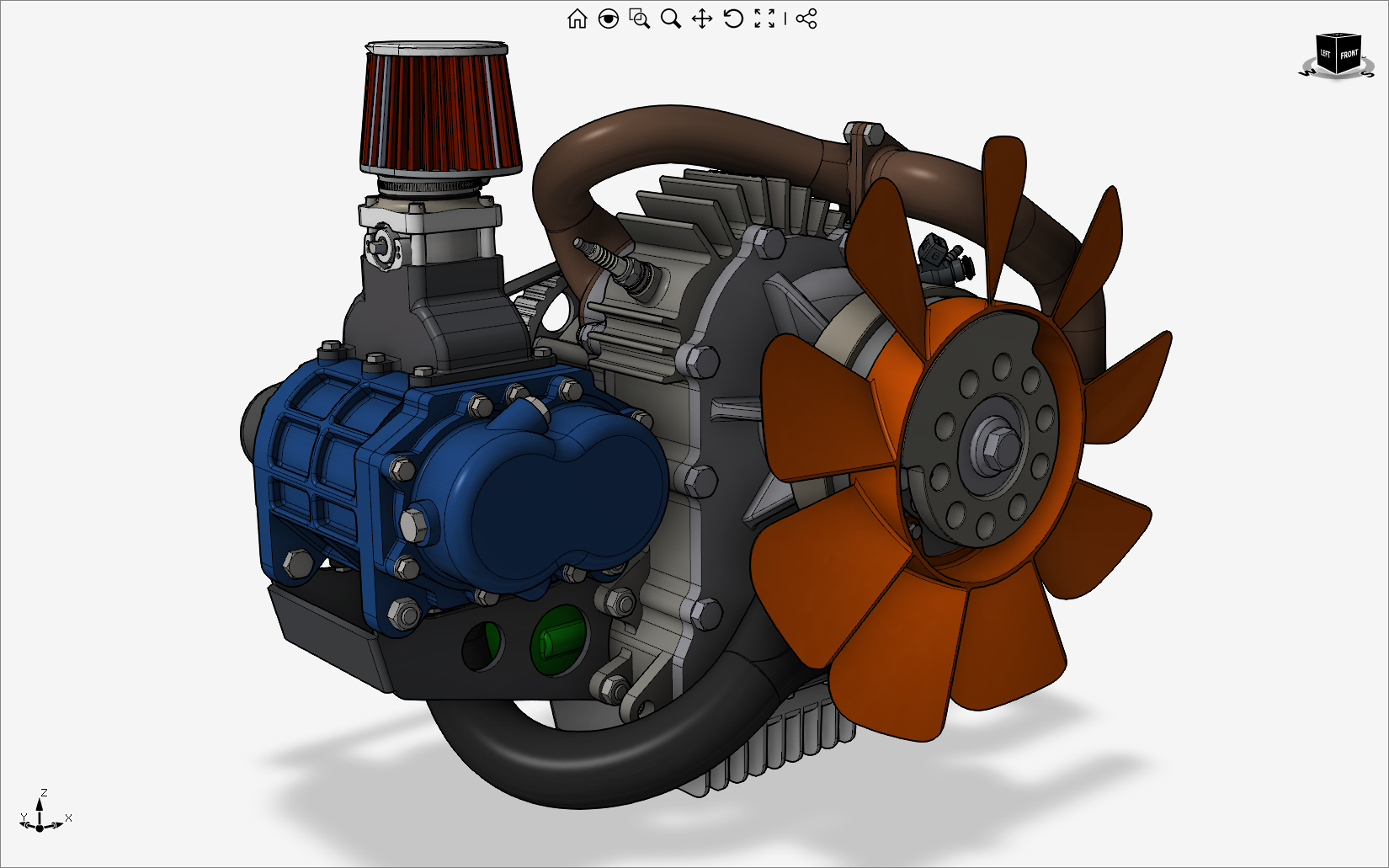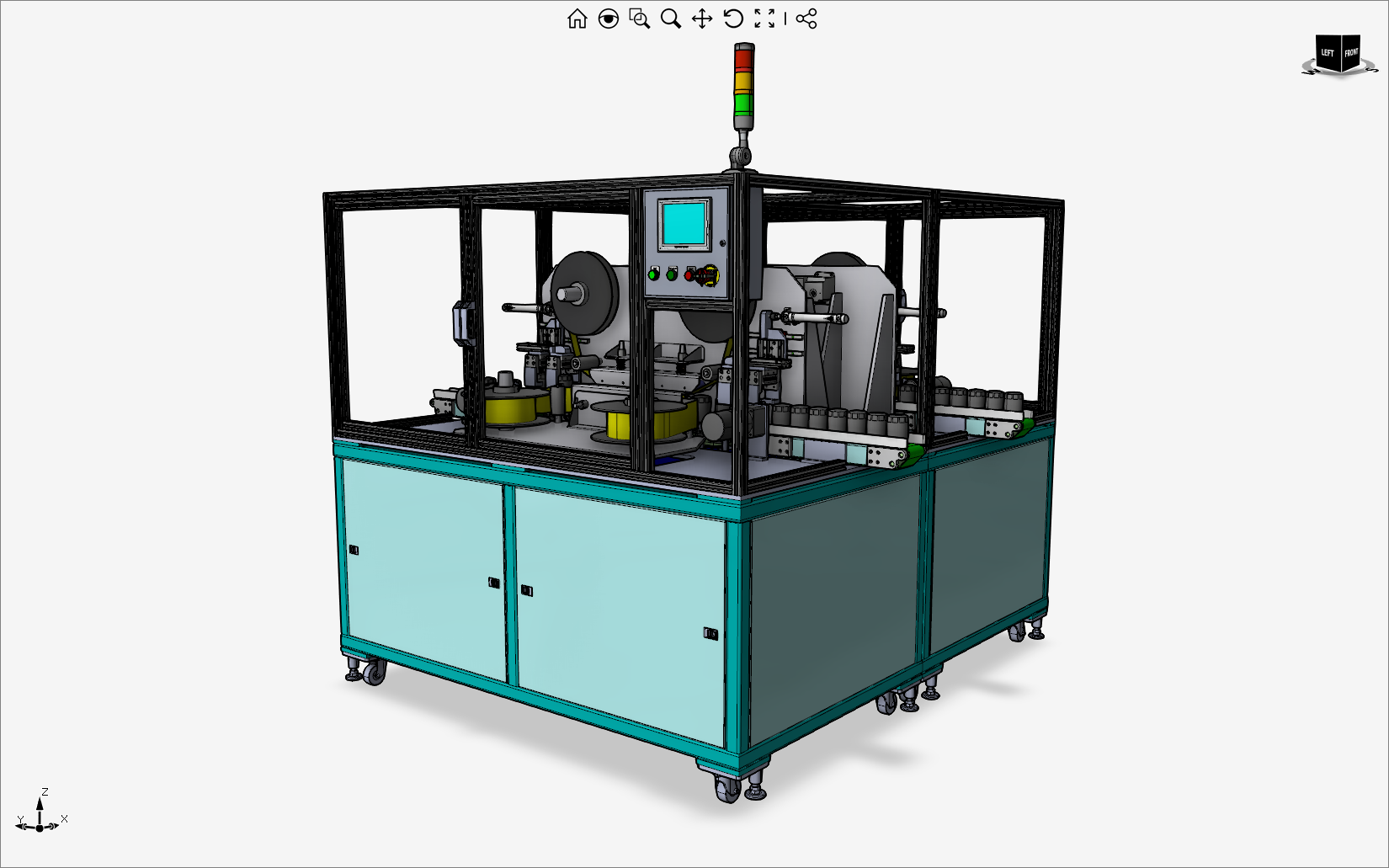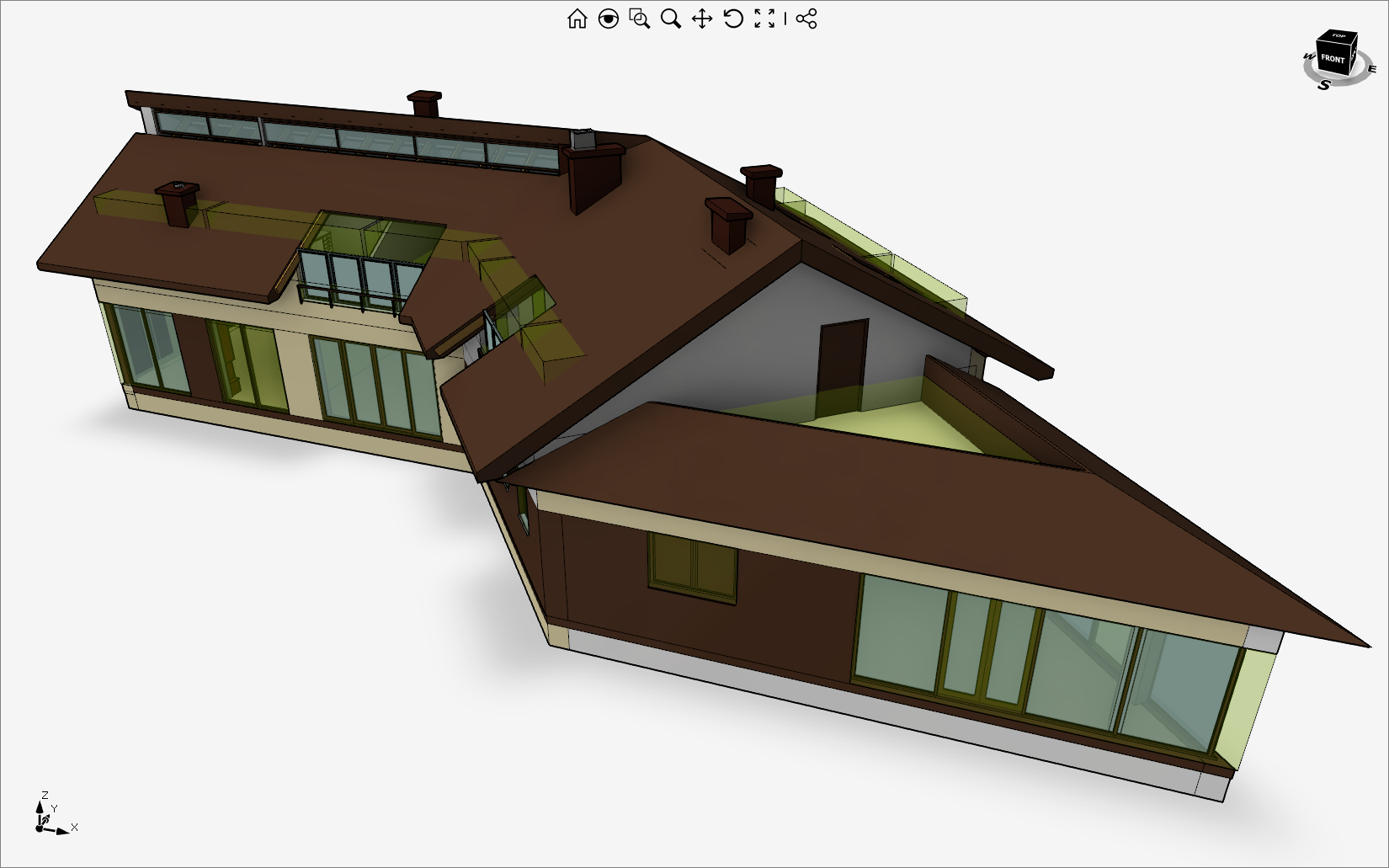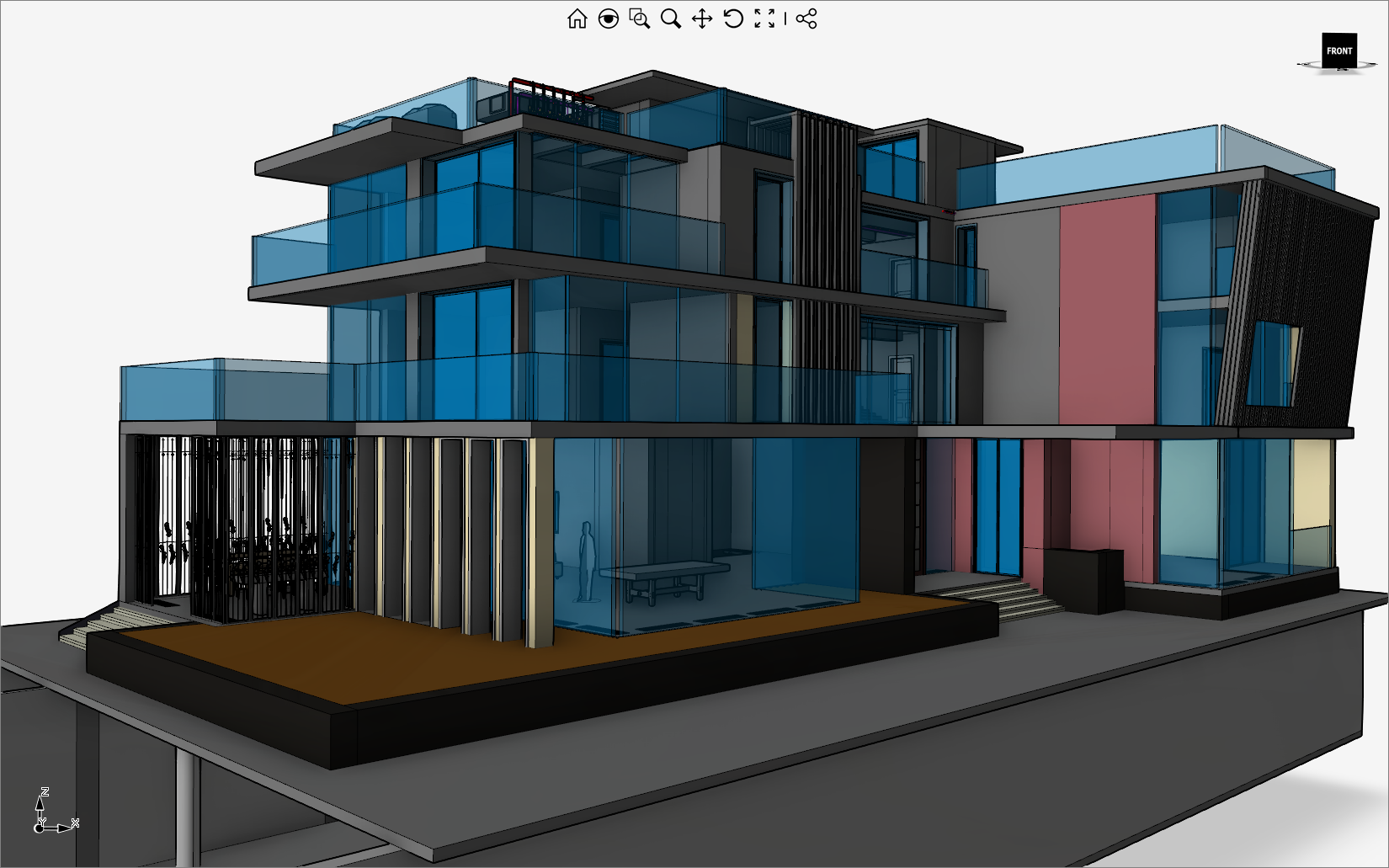Region Booleans
Trim and Union/Subtraction/Intersection operations for planar regions.
BRep Booleans
Trim and Union/Subtraction/Intersection operations for manifold 3D solids.
Meshing
Subdivision of a continuous geometric space into discrete geometric and topological cells.
Collision Detection
Determining if when and where two objects come into contact.
Geometric Constraint Solver
Find the positions of geometric elements that satisfy the given constraints.
Hidden Lines
2D vector views generation of complex 3D models.
FEM Solver
Partial differential equations solution in two or three space variables.
Surface Reconstruction
Compute a triangle mesh interpolating a given point cloud.
Geometry Tessellation
Subdivision of analytical curves and surfaces into polygonal chains and meshes.
Surface Trim
Find the intersection of two surfaces.
Surface Fillet
Create a surface that smoothly connects two primary surfaces.
Machining
Generate 3D toolpaths for a given setup, geometry and tool definition.
Marching Cubes
Generate surfaces for a 3D scalar field.
Mesh Booleans
Union/Subtraction/Intersection operations for mesh objects.
Measure
Minimum distance computation between objects.
Entities
- Point
- Line
- Circle
- Ellipse
- LinearPath
- CompositeCurve
- Mesh
- Solid (Polygonal)
- PointCloud
- Region
- Dimensions
- Sketch
- NURBS Curve
- NURBS Surface
- BRep
- FemMesh
Workspaces (the actual .NET controls)
- Design
- Drawing
- Simulation
- Manufacture
CGAL
- Triangulation
- Mesh reconstruction from point cloud
- Marching squares/cubes
- Collision detection
- Area/mass properties
- Hidden Lines Removal
- Hidden Lines Removal with 3D model edges recover
- Constraint solver
3D Graphics
- OpenGL and DirectX renderers
- Fully-leveraged 3D GPU acceleration
- Wireframe, Shaded, Rendered, Flat and HiddenLines display modes
- Orthographic and perspective projection for each viewport
- Up to eight lights (point, spot, directional)
- Examine, Walk and Fly navigation modes
- Planar and realistic shadows (with three different quality settings)
- Multi-viewport support
- Anti-aliasing
- Planar reflection
- Environment mapping
- Dashed hidden lines
- Geometric and image-based silhouette curves
- Minimum frame rate control
- Built-in High DPI Support
- Screen Space Ambient Occlusion
- Small object and frustum culling
- Up to six clipping planes
- Customizable overlay drawing
- High-quality TrueType and 3D text support
- High-quality WYSIWYG hard copy output
- Vector copy to Windows clipboard
Modeling
- Mesh booleans/cut/split/section
- Curve-Curve Intersection
- Surface-Surface Intersection
- BRep booleans/cut/split/section
- Curve and surface offset
- Curve and surface edit
- Fillet and chamfer
Assembly
- Assembly Tree
- Assembly Mates
- Progressive drawing
Proprietary File Format
- Always compatible with previous versions
- Geometry, tessellation or both.
- Single or multi-file
- Lazy loading of large assemblies
- Extensible with customer data
- Optional data compression
Input
- Keyboard
- Touch
- Mouse
- Space mouse
Translators
- ASC
- LAS
- STL
- OBJ
- DWG/DXF
- IFC
- BRep into IFC import
- WebGL
- GCode
- 3D PDF
- glTF
- E57
- IGES
- STEP
- Nastran
Miscellaneous
- WorkUnit and WorkManager
- WinForms and WPF Visual Studio designer support
- ViewCube, Legend, Toolbar, Timeline, Histogram and ScaleBar UI elements
Labels
- TextOnly
- LeaderAndText
- ImageOnly
CAM
- Work plane setup
- Support for flat, bull nose and ball end mills
- Support for any kind of geometry (flipped, cracked and faulty included)
- 2D toolpath generation
- Material removal simulation
- Climb, conventional and mixed cut directions.
- Straight and circular leads
- Plunge and helix ramps
- 3D Clearing
- 3D Pocket
- 3D Contour
- 3D Parallel
- Toolpath generation limited to a boundary region
- Flat area detection
Meshing
- 2D triangles (linear and quadratic)
- 3D tetrahedrons (linear and quadratic)
- 3D meshing on NURBS surface and BRep objects with mesh control at vertex/edge/face level
FEM Boundary conditions
- Fixed displacement and rotation
- Concentrated load and moment
- Pressure load
- Temperature
FEM Element Types
- 2D & 3D trusses
- 3 & 6 node triangles - plane stress & strain, 3D axisymmetric
- 4 & 8 node quadrilaterals - plane stress & strain, 3D axisymmetric
- 4 & 10 node solid tetrahedrons
- 6 & 15 node solid pentahedrons
- 8 & 20 node solid hexahedrons
- 2D & 3D joints
FEM Solvers
- Direct
- Parallel, iterative, preconditioned Conjugate Gradient
Ready to Get Started?
Develop your CAD application with confidence with our .NET software components. Four different workspaces (the actual WinForms or WPF controls) are available to address common CAD workflows.
DOWNLOAD FREE TRIAL